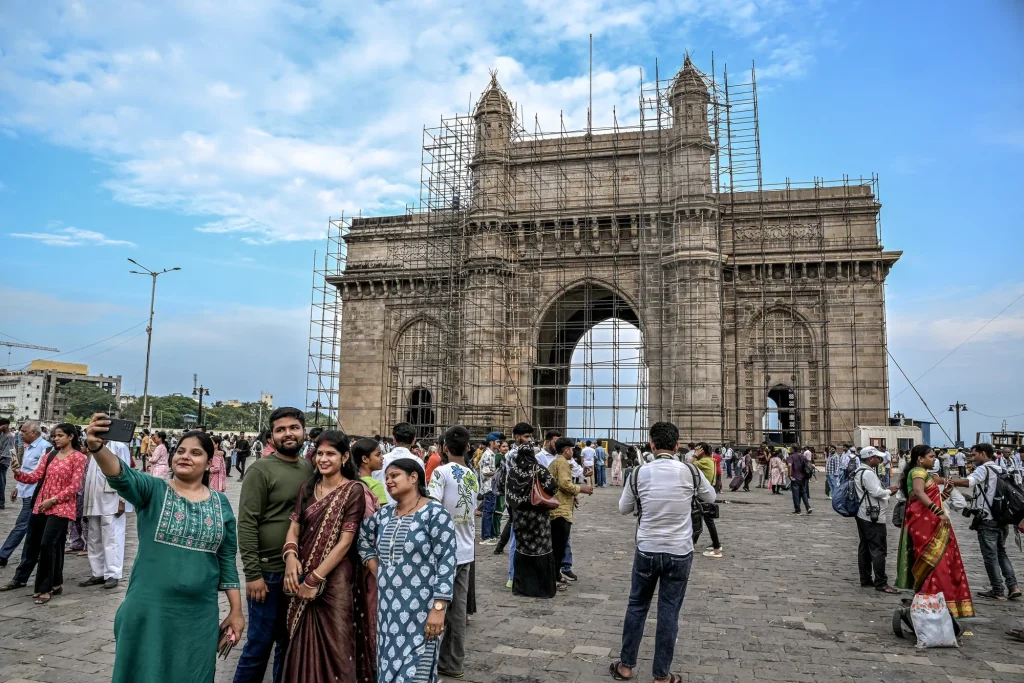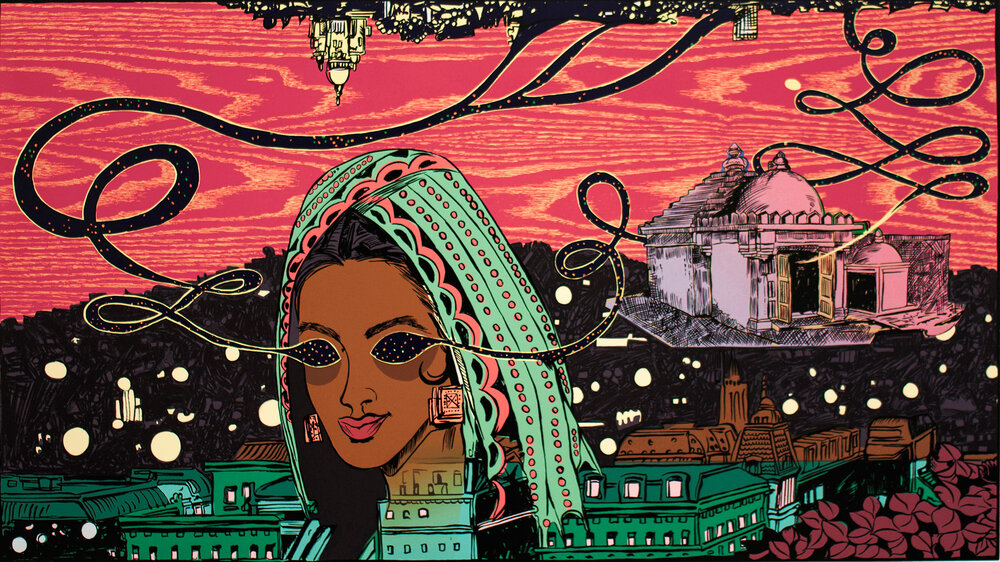Seventy-seven years after India’s Independence, the monuments built to honor our freedom struggle still stand tall: statues of Gandhi in public squares, the eternal flame at India Gate, regional memorials to local heroes. Yet the way we engage with these spaces has shifted dramatically.
For earlier generations, these sites were places of solemnity—spots where history felt close enough to touch. They were where people gathered for Republic Day parades, held candlelight vigils, or simply stood in quiet reflection. Today, while those traditions survive, they share space with a new kind of interaction: the curated photograph.
Scroll through Instagram and you’ll find memorials reframed as backdrops for pre-wedding shoots, travel reels, or fashion portraits. A statue once unveiled with speeches about sacrifice now might be tagged with #OOTD or #SunsetVibes. This isn’t inherently disrespectful; rather, it reflects how younger Indians fold history into their everyday visual language. For many, photographing a monument is a way of claiming connection, even if it’s not expressed in the vocabulary of speeches.
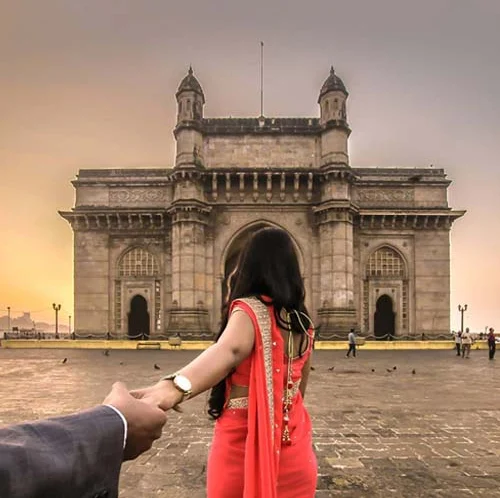
Social media has fundamentally altered how we encounter public monuments. This shift mirrors broader changes in cultural consumption. The assumption that digital engagement necessarily diminishes historical reverence ignores how living cultures adapt and evolve. These monuments were always about communication—transmitting values and memories across generations. Perhaps Instagram stories represent new forms of this same impulse.
Does this visual democracy dilute historical significance or extend its reach? The answer is likely both. A generation that might otherwise have minimal direct engagement with memorial spaces encounters them through feeds and stories. The monuments remain visible, relevant, and part of ongoing conversations about identity and place.
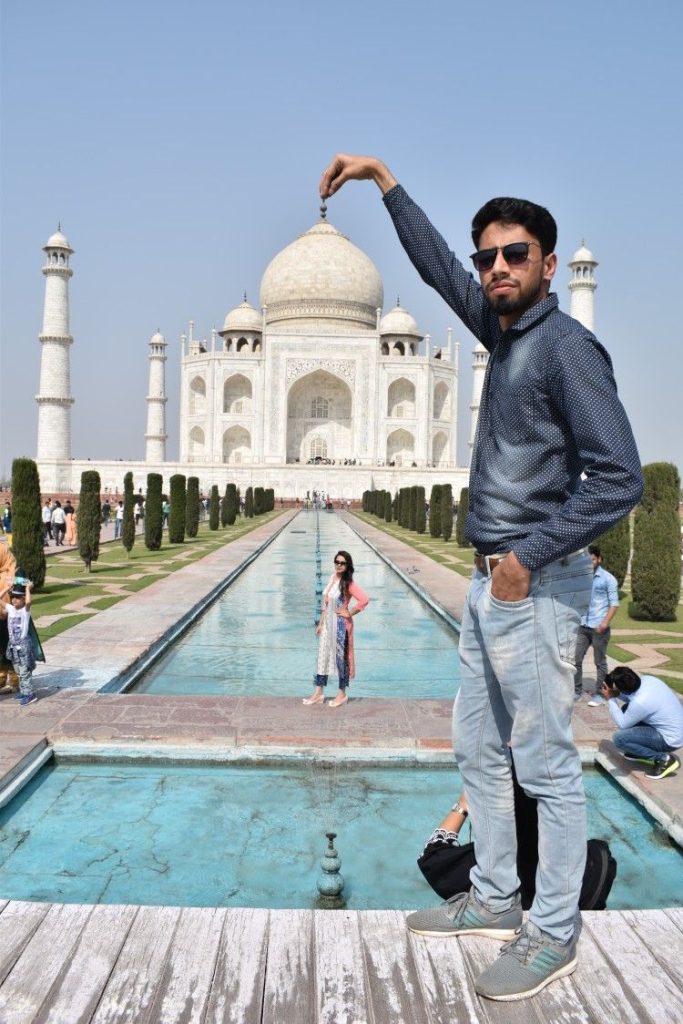
Yet something is also lost in translation. The unmediated encounter—standing before a memorial without the impulse to document—creates space for reflection that the photographed moment cannot replicate. The difference between experiencing and capturing experience matters, even if both have value.
Rather than lamenting the death of proper reverence, perhaps we should recognize this as evidence of monuments serving their intended purpose: keeping memory alive in public consciousness. The forms of engagement have changed, but the fundamental relationship between past and present continues.
The challenge isn’t to choose between tradition and innovation, but to maintain awareness of what each offers.
Cover Image: Tourists in front of the Gateway of India on May 21, 2025. Photographer: Atul Loke/Bloomberg
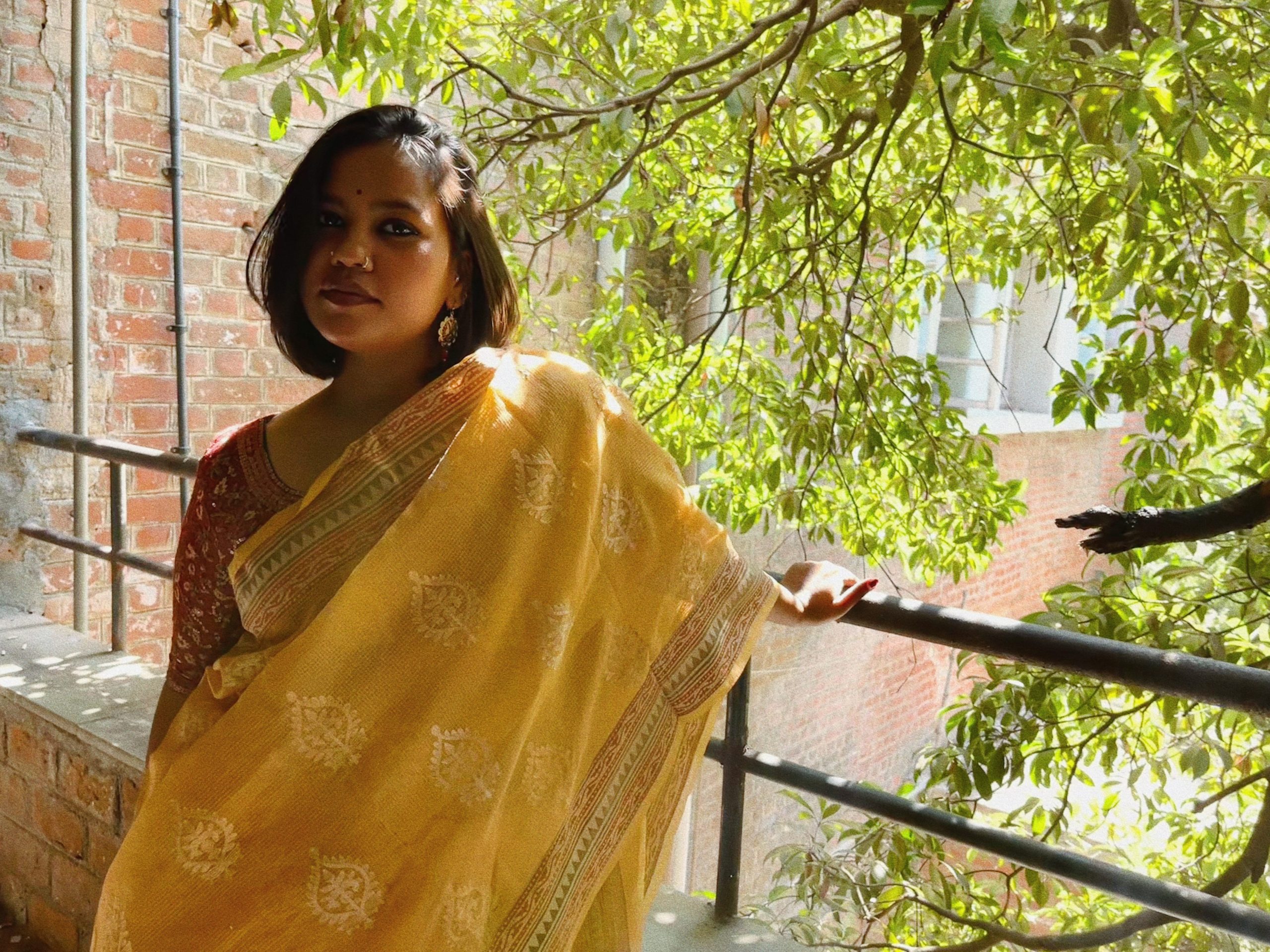
Minerva is a visual artist and currently serves as a sub editor at Abir Pothi.

